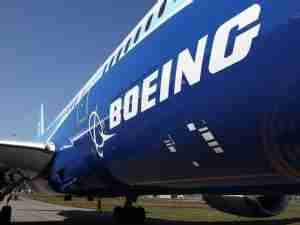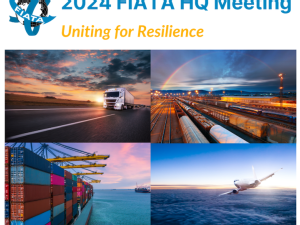SAS May Cut More Jobs as Fuel, Competition Hurt Profit
By: | Dec 15 2016 at 10:56 AM | Air Cargo
SAS AB may cut more administrative jobs beyond the 1,000 positions it shed in the past four years and doubled its cost-savings target as the Nordic airline prepares for rising fuel prices and intensifying competition that’s lowering fares and hampering earnings growth. The stock rose the most in three months.
Profit in the fiscal first quarter that started Nov. 1 will fall from a year earlier following “more demanding” trading conditions in the autumn, SAS said Tuesday in a statement. The airline will try to reduce spending on operations by 1.5 billion kronor ($164 million) from 2017 to 2019, versus an earlier target of 800 million kronor. It reduced its workforce by 22 percent in the past four years, shedding almost 3,000 jobs, more than 1,000 of which were in administration and said further cuts may follow.
It’s also considering setting up operations outside its home markets of Sweden, Norway and Denmark, where SAS estimates labor costs are as much as 72 percent higher than the European Union average.
SAS, which focuses on business travelers seeking a dense European network and is increasing its long-distance fleet, is among mainline carriers in the region struggling with expanding discount competitors including Norwegian Air Shuttle ASA. It’s also contending with an industrywide capacity glut spurred by a drop in oil prices that’s now coming to an end. Chief Executive Officer Rickard Gustafson said on a conference call that SAS will decide by the second half of 2017 whether to create “a few bases across Europe” to complement business in the Nordic region, which will remain the carrier’s focus.
“Potentially moving bases to outside of Scandinavia is a move investors might appreciate,” said Jacob Pedersen, an analyst at Sydbank A/S. “Restructuring has become their way of life; the company is fighting for survival.” Setting up operations abroad “will not be an easy task, given the involvement of the unions, but if the company wants to survive, they have to look at all options.”
SAS rose as much as 5.5 percent, the steepest intraday gain since Sept. 5, and was trading up 4.8 percent at 15.3 kronor as of 1:22 p.m. in Stockholm. That pared the shares’ decline this year to 37 percent.
Norwegian’s Strategy
Norwegian Air received clearance earlier this month to operate U.S. routes via an Irish subsidiary, which will enable the carrier to accelerate its long-haul expansion, and the airline is recruiting flight personnel in places as remote as Thailand. SAS said it’s the only airline in Europe operating with crews based in Scandinavia, where labor costs average 43 euros ($45.60) an hour, compared with 25 euros in the EU.
SAS’s fiscal 2016 pretax earnings excluding one-time items totaled 939 million kronor, and this year the measure will again be positive, the airline said in its annual report. Capacity growth in the current year will slow to a range of 6 percent to 8 percent from 9.3 percent in the 12 months ended Oct. 31. SAS added four long-haul aircraft to bring its fleet in the segment to 16 planes, and intercontinental passenger numbers jumped 25 percent in the fourth quarter.
The company was unprofitable in the five years through 2012 as well as in 2014, and its efforts to shore up profit have had limited success. While the carrier saved 4.3 billion kronor in the past four years from efficiency measures, it earned cumulative pretax profit during that period of 2.36 billion kronor.











